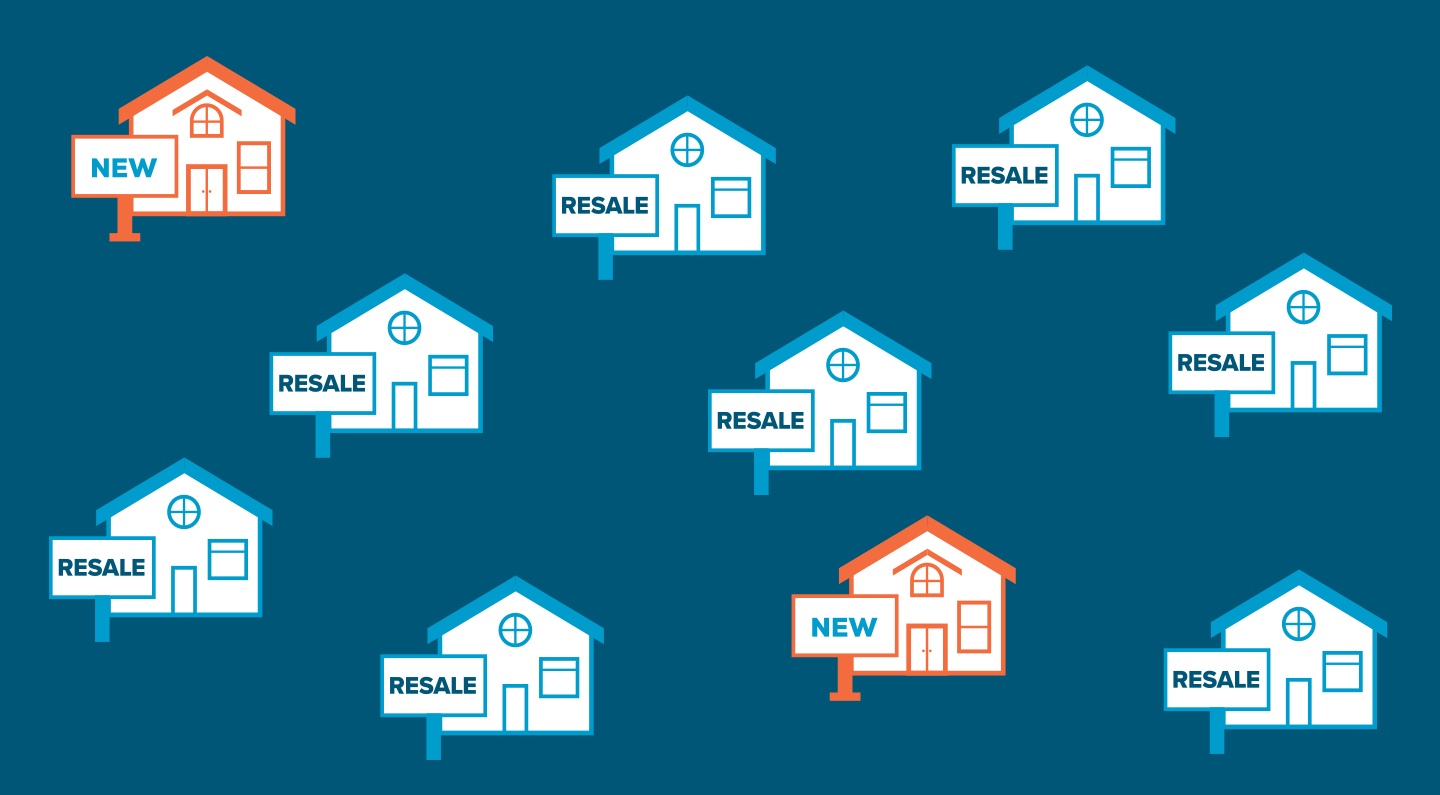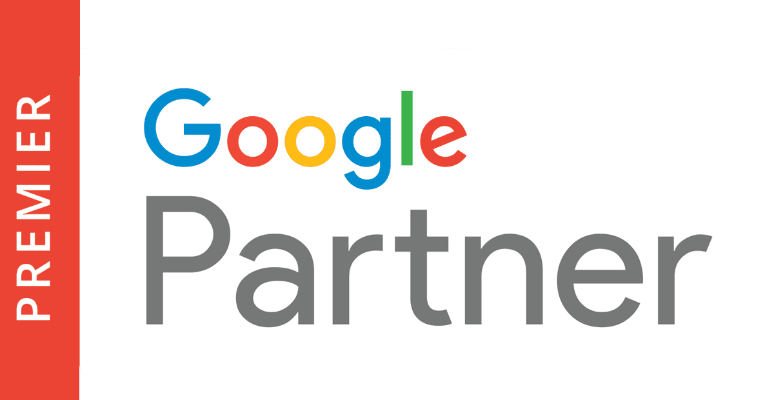2020’s Virtually Social Year—An Analysis of Facebook
It’s been a year, hasn’t it?
A pandemic. An election. A continuing discussion on the proper balance of facts and opinions, of science and belief.
And as we’ve all been social distancing, social media has become even more important. It’s no longer just a method to communicate with folks far away, it’s now also a tool to interact with those nearby.
And for us marketing folks, the ups and downs of 2020 have almost created a new playing field in regards to social media marketing, especially on Facebook.
Let’s examine some of the challenges and changes of Facebook and Facebook marketing in 2020, where we think it’s all heading in 2021, and what we can do to thrive.
Challenges
2020 will forever be associated with a world-wide pandemic. More people staying home for safety meant more time was spent on smart phones. Year-over-year, Facebook reports that usage increased by 12%, both for monthly and daily users.
With our own clients, we also noticed a big increase in reach and impressions between March and April 2020. And that’s right when lockdowns were starting, and people were beginning to strengthen the lifeline (and boost the usage) of their smart phone.
Without getting political here, another challenge faced in 2020 was that of perceived censorship. Regardless of your feeling about this, it did spark a wave of users leaving (or, at least, threatening to leave) Facebook—some voluntary, some not. But, just like all the previous “death knells” in 2017, 2018, and every other time Facebook changed something (like removing some ad targeting options to prevent the risk of being exclusionary), people couldn’t stay away for long. What seemed like another message of doom for Facebook, turned into only a hiccup when users found other platforms just didn’t have the features, audience, and connectivity of Facebook.
Changes
Other than the just-mentioned changes to ad targeting options, there have been other layout and algorithmic changes. All of these changes attempt to serve users the content they most desire to see. The more content they like, the longer they’ll stay on the platform. The longer they stay on the platform, the more ads they’re served and respond to, which makes marketers (and Facebook) happy money. A good illustration of this is comparing Facebook’s ad revenue from 2019 to 2020 (when people were in lockdown and spending more time online). The amount of growth from Q1–Q3 YOY was 53%. Impressive.
In spring of 2020, Facebook launched a new layout, giving priority to Groups and Events. Was this a pre-arranged change planned before lockdowns started, as in-person events were suddenly not happening? Was it an effort to increase engagement in virtual events for all of us isolated at home? We can only speculate on the reasoning, but we can examine the effects. These changes made the newsfeed less available, meaning fewer users were seeing page posts, degrading the user experience.
In July of 2020, Facebook realized how their previous algorithmic changes were negatively impacting their users, and pivoted to give original content more priority. The goal was to present even more news content to users, but this time with more transparency of authorship. The concept is sound as it attempted to remove unsubstantiated news posts, but it also somewhat limited the number of users seeing page posts.
And at the end of 2020 (continuing into 2021), Facebook really began enforcing their Community Standards, cracking down on hate speech and any users and posts that sought to “…intimidate, exclude, or silence others….” Along with other platforms also issuing bans and suspensions, Facebook seemed committed to making the posts they rank higher as more beneficial to their users.
Predictions & Planning
Using algorithms to deliver content to users that prioritize their interests just makes sense. Give the audience what they want to see. As Facebook marketers, we want those most likely to become our customers to actually see our marketing too.
It’s very likely that, as Facebook continues work to tweak their platform, more algorithm changes will come in 2021, specifically (and continuing the focus on) removing hate speech and misinformation. To fill these voids, Facebook will be looking for more creative content in posts.
Facebook will also probably build up Facebook Shops—an in-Facebook ecommerce platform looking to bring ecommerce to everyone. It’s a good guess that Facebook Shops will have special priorities and incentives to use additional Facebook advertising.
So, what’s a marketer to do to prepare for and prosper with Facebook in 2021? There are many lists of Facebook best practices, but upon closer examination, those lists are really just marketing best practices. And at the heart of it all is creative and engaging content.
One of the most engaging form of content is video. Video has always performed well on Facebook, and that won’t stop in 2021. Hootsuite points that Facebook video increases engagement by 44% (signup req.). Video is the perfect format to fulfill the “show, don’t tell” mantra: the quintessential method to tease the user with a taste, entreat them to follow you on a journey, and lead them right where you want them to end up. Video has always been important on Facebook, and it will only become more so in the future.
But video is more than just prerecorded pieces. Yes, we’re talking about livestreaming. Livestreaming, sometimes thought of as only a supplemental experience, has become even more important in 2020 and 2021. It is now seen as a replacement of sorts for in-person experiences. Treat it as the important communication tool that it is. According to a report by Coresight Research (paid site), livestreaming is expected to—in the US alone—generate $25 billion in sales by 2023.
Another thing to always keep in mind is how your audience is viewing your Facebook content. Most likely, it’s on a mobile device. 92% (signup req) of internet users are on mobile (and 90% of those are watching videos). Cater your Facebook video and post length to the mobile user. Even though we are spending more time on mobile devices during the pandemic, skewing your content to appeal to the mobile user will be a way to future-proof your marketing.
We’ll end this piece with three recommendations from Hootsuite in their Social Trends 2021 report (signup req.). These are things you should really keep in mind as you plan out your Facebook marketing in this second year of pandemically influenced decisions. Keep in mind, however, that though these have grown due to the pandemic, they most likely won’t disappear once the pandemic is over. Instead, they will just be a part of the new normal.
1. “Don’t dismiss passive content consumption.” Not every post will go viral, and you shouldn’t be creating content with that as a goal. Your content should inform, entertain, and engage your audience. But don’t despair: just because your users aren’t actively liking or sharing your Facebook posts doesn’t mean your message is falling flat. Your stream of greatness is still influencing them, just in a passive way. Your marketing messages are still dancing through their brains.
2. Trust user-generated content (UGC). It’s difficult right now to make all the same professional-quality Facebook videos we’re used to producing: it’s just not safe. But the UGC your audience can create in their backyard or living room is no less compelling. With smartphone cameras being as good as they are (and the skill of many users), UGC can be amazing. Other than cost savings, the added bonus of promoting UGC is trust. The Edelman Trust Barometer reports that earned media like UGC is more trusted than brand-generated content.
3. Never ignore a demographic, but target them appropriately. We’ve all been there. You are sure your prospective customers are only in a certain age bracket, for example, so you target your marketing on Facebook to that demographic only. Never thinking about the other age demographics can have overall negative effects. Hootsuite found a lot of companies selling online were neglecting the boomer demographic (users aged 55–65), even though 70% of that age group reported buying something online in the past month. But when you do target a new demographic, don’t do it based on the demographic itself. No one wants to hear “you’re old, so you should like this,” even if it is sweetened with fancy graphics. Instead, target your demographics based on shared interests. It’s a much bigger hook for a much better fish.
Along with the world, Facebook (and social media consumption in general) has changed in 2020. Adapting to those changes, however, doesn’t have to be scary. If you evolve your Facebook marketing game smartly, you’ll actually end up better prepared to proactively navigate the social media currents of the future.









